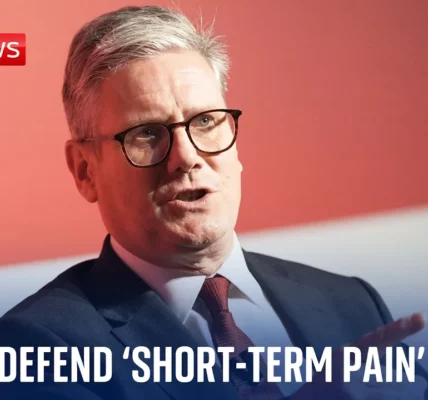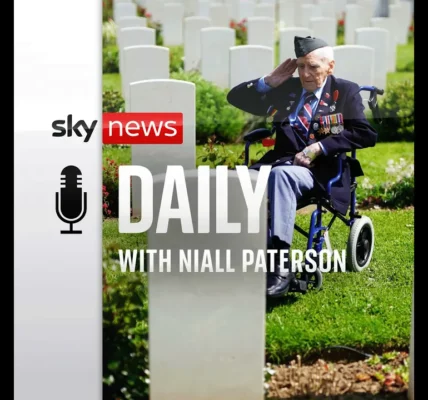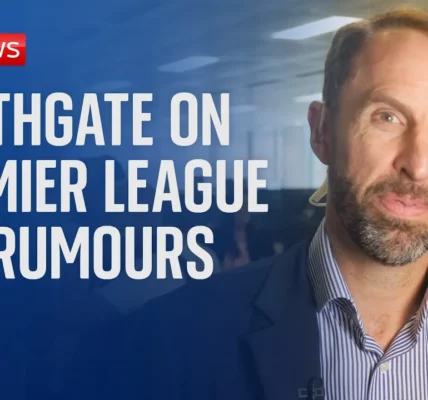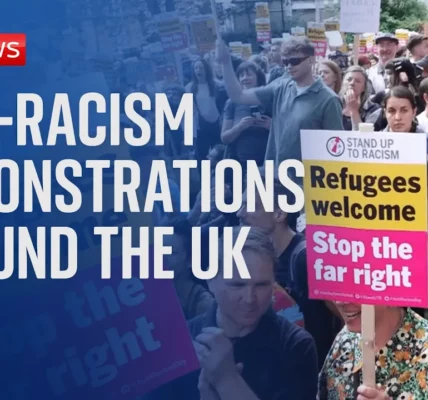Russia’s Ministry of Defense Reports on Major Drone Attacks

Welcome to our comprehensive analysis of the recent drone attacks on Moscow, one of the largest since the onset of the Ukraine conflict in 2022. This article delves into the details of the attacks, the implications for Russian security, and the strategic motivations behind Ukraine’s drone warfare.
Introduction
In a significant escalation of hostilities, Russia’s Ministry of Defense announced that Moscow has recently experienced one of the most extensive drone attacks since the beginning of the war in Ukraine. The attack has raised alarms about the effectiveness of Russian defense systems and the ongoing military strategies employed by Ukraine. This article explores the details of the drone attacks, the implications for both nations, and the broader context of the ongoing conflict.
Details of the Drone Attacks
The Ministry of Defense reported that 11 Ukrainian drones were intercepted over Moscow, marking a notable increase in the scale of drone operations against Russian territory. In comparison, a previous attack in May had seen only eight drones brought down. This uptick in drone activity indicates a strategic shift from Ukraine to launch attacks across multiple Russian regions.
Geographic Spread of Drone Activity
Reports indicate that throughout Russia, approximately 35 drones were neutralized in various locations, including:
- Briansk
- Tula
- Belgorod
- Kursk
This widespread deployment suggests a coordinated effort by Ukraine to challenge Russian defenses on multiple fronts.
Ongoing Fires and Damage
The drone strikes have reportedly caused ongoing fires, such as the one at a refinery in Rostov, which has been burning for four days since it was targeted. This not only highlights the operational capabilities of Ukrainian forces but also serves to undermine Russian morale.
Purpose and Functionality of the Drones
Understanding the types of drones used is crucial for grasping the tactical implications of these attacks. The drones employed by Ukraine are primarily one-way attack drones, often referred to as suicide drones.
Characteristics of the Drones
These drones are designed to reach a target and detonate upon impact, similar to the V1 flying bombs used during World War II. Their primary objectives include:
- Surveillance and reconnaissance
- Direct attack on strategic locations
- Creating psychological pressure on the Russian populace
Impact on Russian Civilians
The inconveniences caused by these attacks, such as the temporary closure of airports in Moscow, send a powerful message to the Russian public. This disruption is intended to remind civilians that the war is not distant but rather a direct threat to their daily lives.
Strategic Implications for Russia
As the conflict continues, the impact of these drone attacks extends beyond immediate physical damage. The political and military ramifications pose significant challenges for Russian leadership.
The Internal Struggles within Russian Leadership
Recent events have revealed a lack of coherent military strategy among Russian leaders, particularly in the context of the ongoing situation in the Kursk region. Key figures such as:
- Dmitry Dumin – Key adviser to Putin
- Sergey Shoigu – New Defense Minister
- Valery Gerasimov – Chief of the General Staff
are struggling to establish effective command structures amidst the chaos. This internal power struggle complicates Russia’s ability to respond to incursions effectively, as multiple entities vie for control.
Challenges in Military Coordination
On the ground in regions like Kursk, various security forces, including the FSB and internal security troops, are tasked with managing the crisis. This overlap in responsibilities has contributed to the disarray, making it difficult for Russian forces to mount a unified defense.
Conclusion
The recent drone attacks on Moscow signify a pivotal moment in the ongoing conflict between Russia and Ukraine. As Ukraine continues to innovate its military tactics, the internal struggles within Russian leadership pose significant challenges to their response capabilities. The psychological impact on the Russian populace is equally important, as civilian awareness of wartime realities increases. It remains to be seen how both nations will adapt to these developments moving forward.
For further analysis and updates on the Russia-Ukraine conflict, be sure to check out our related articles on military strategies and geopolitical implications.
“`




